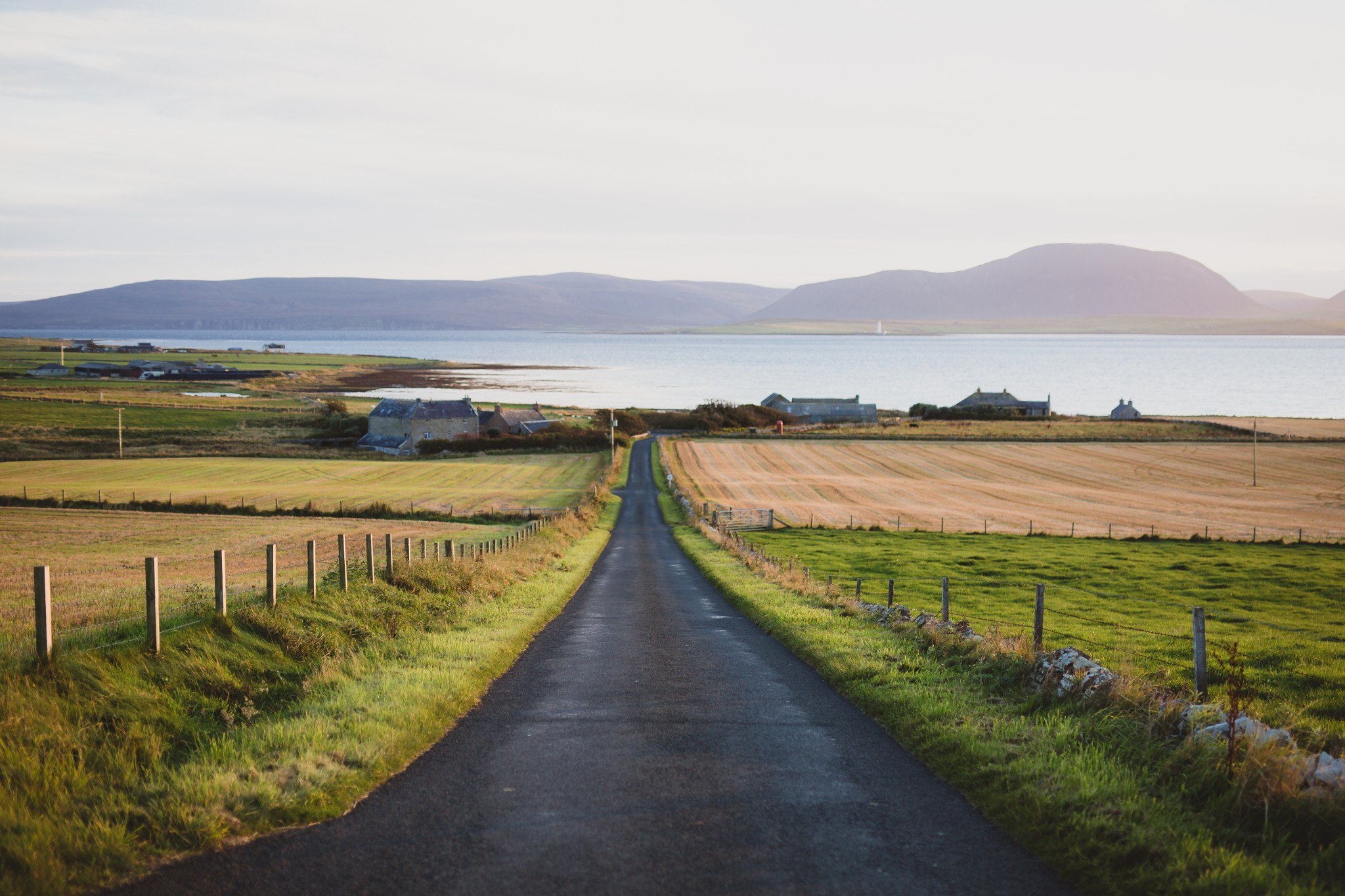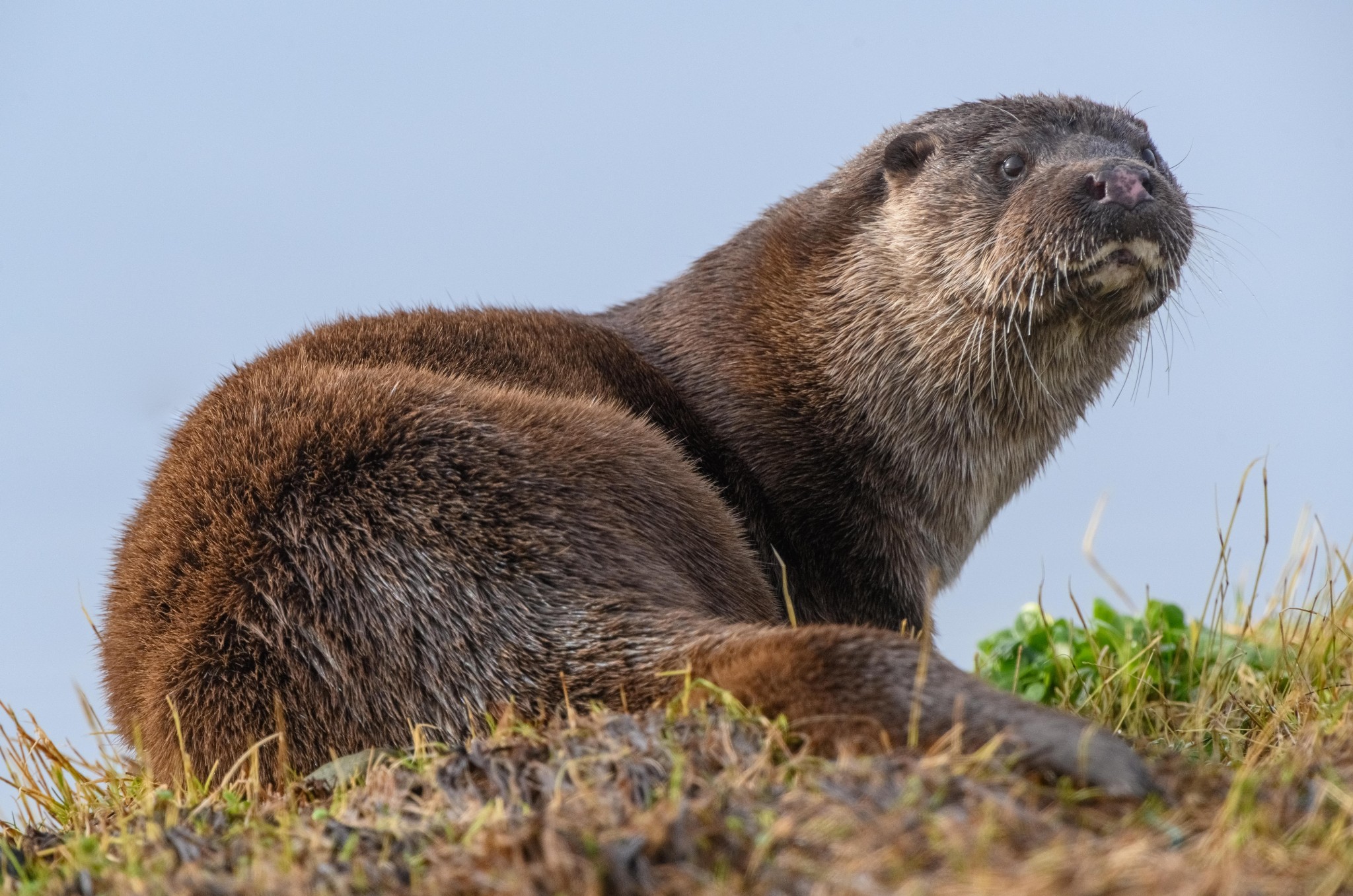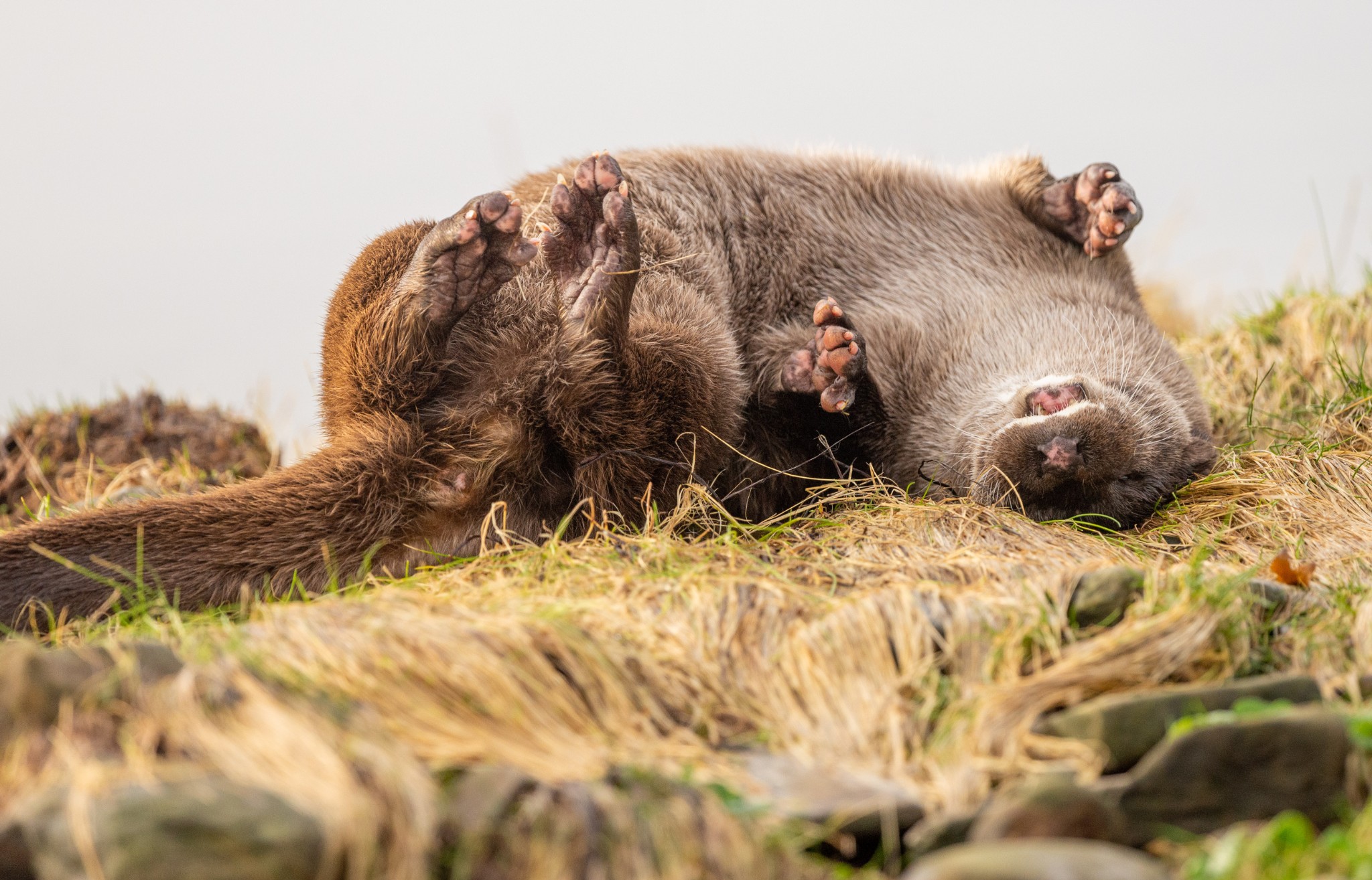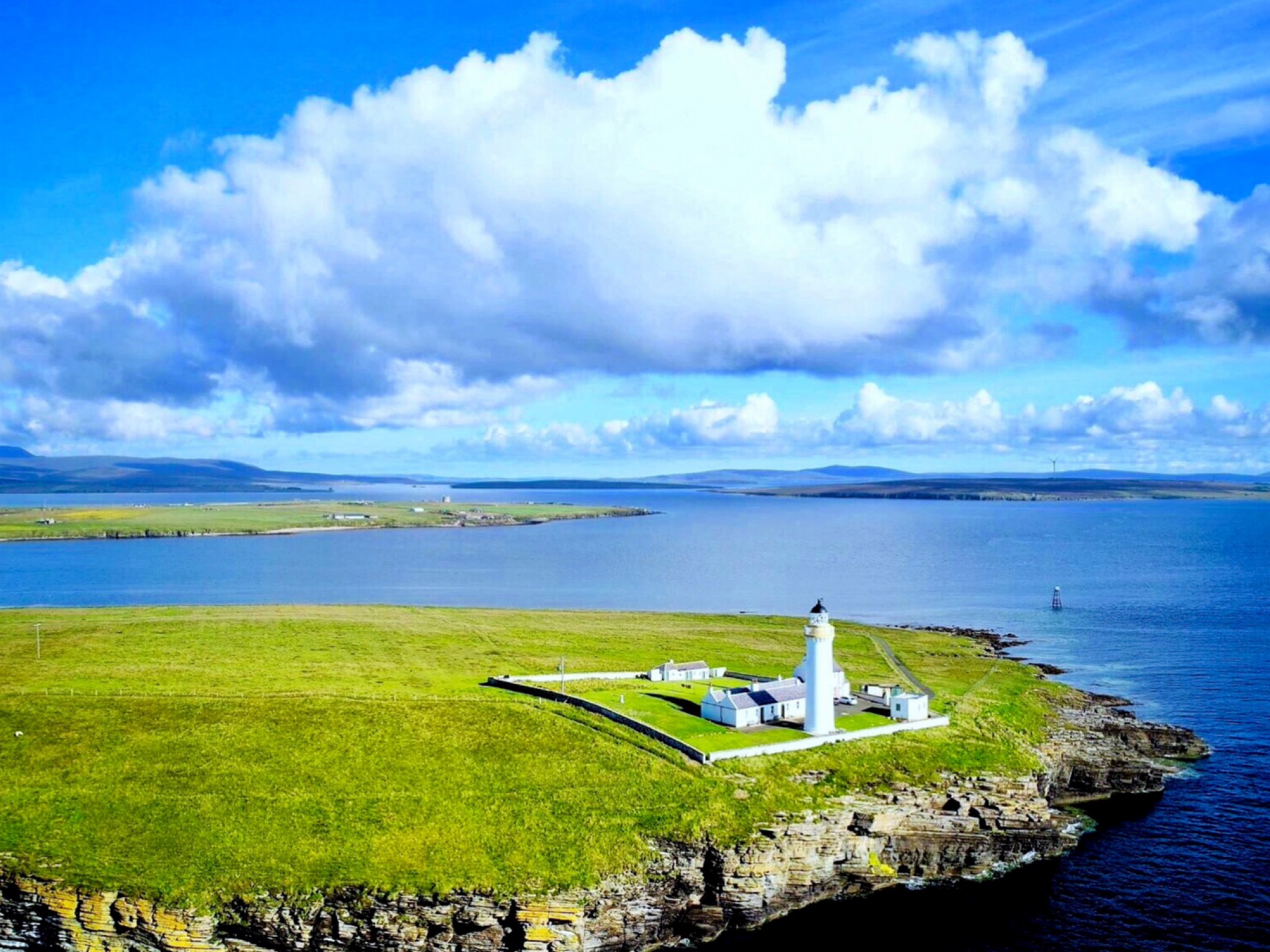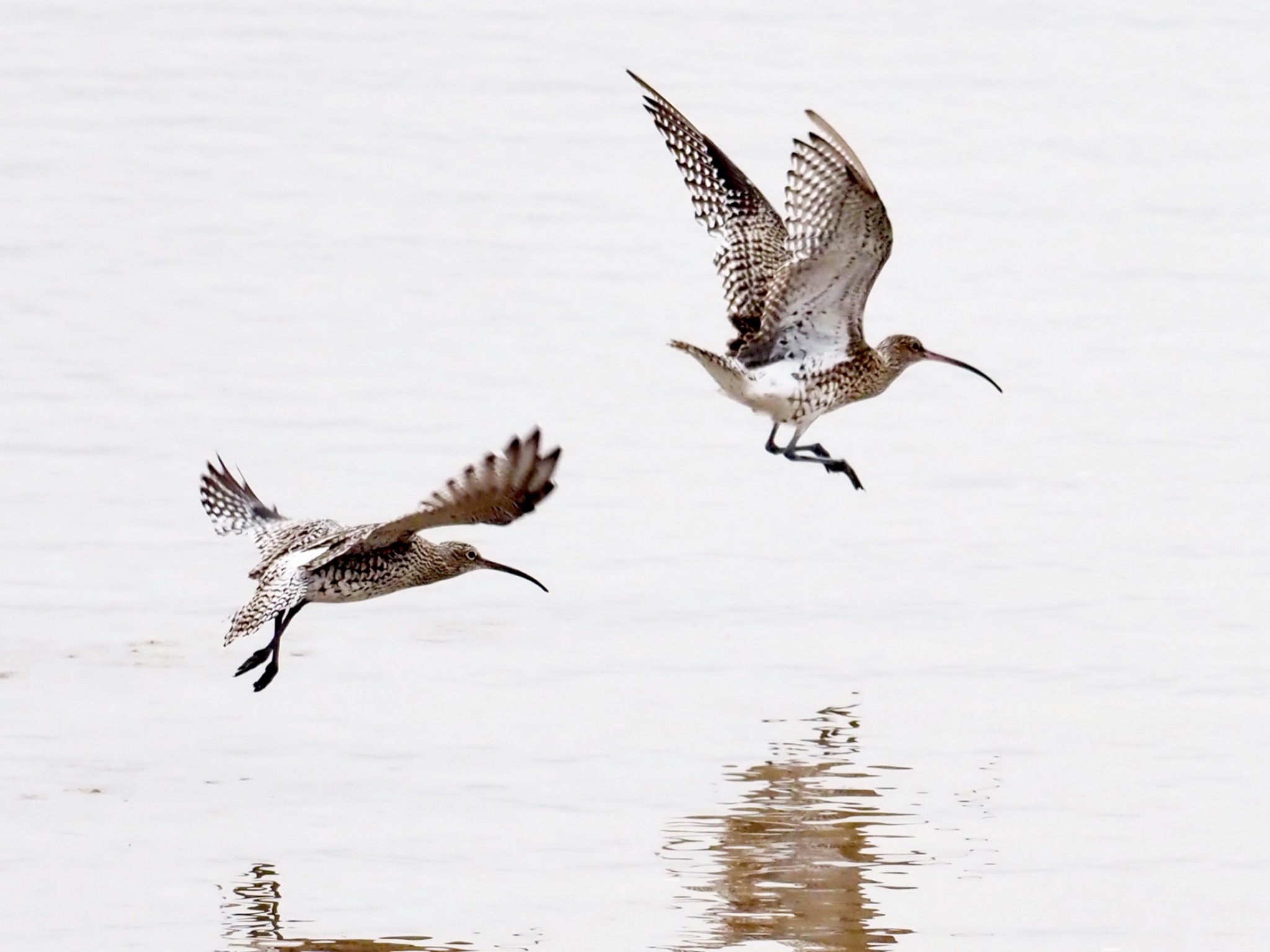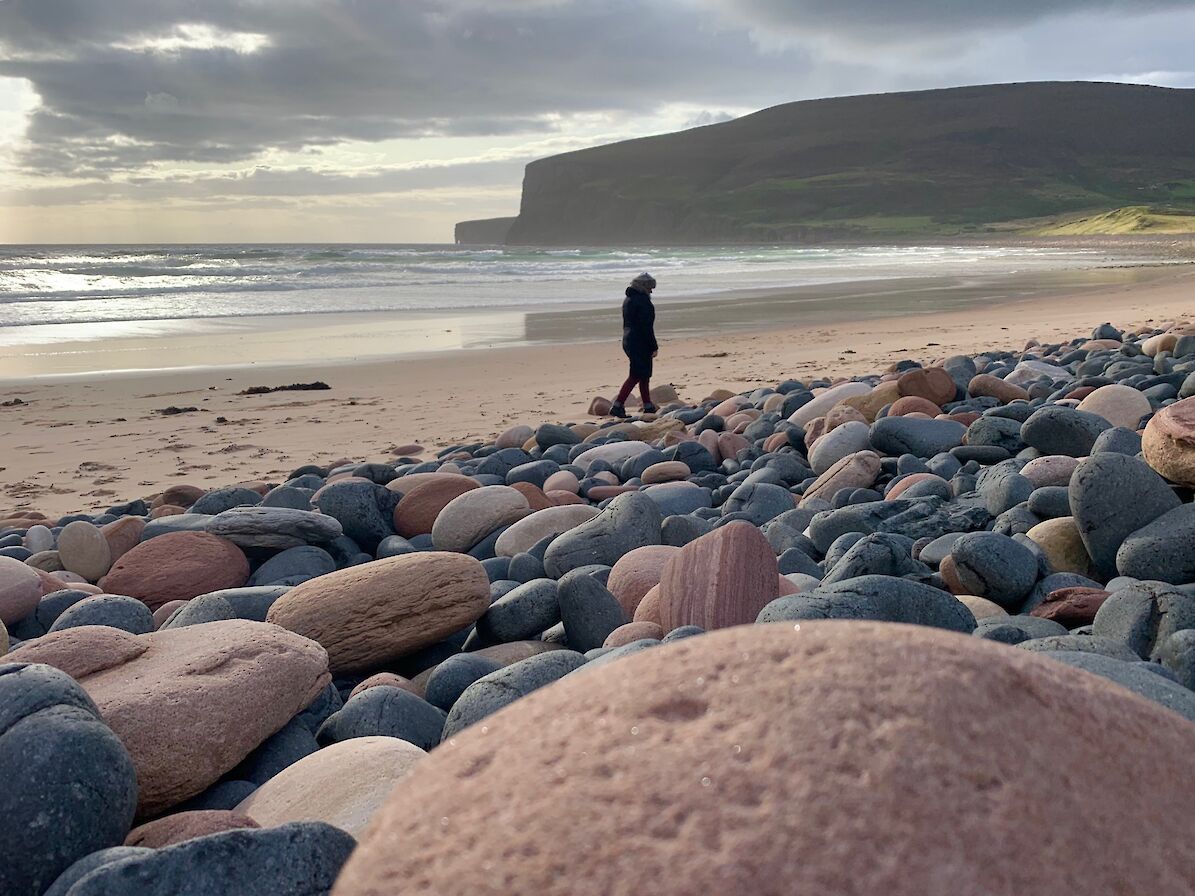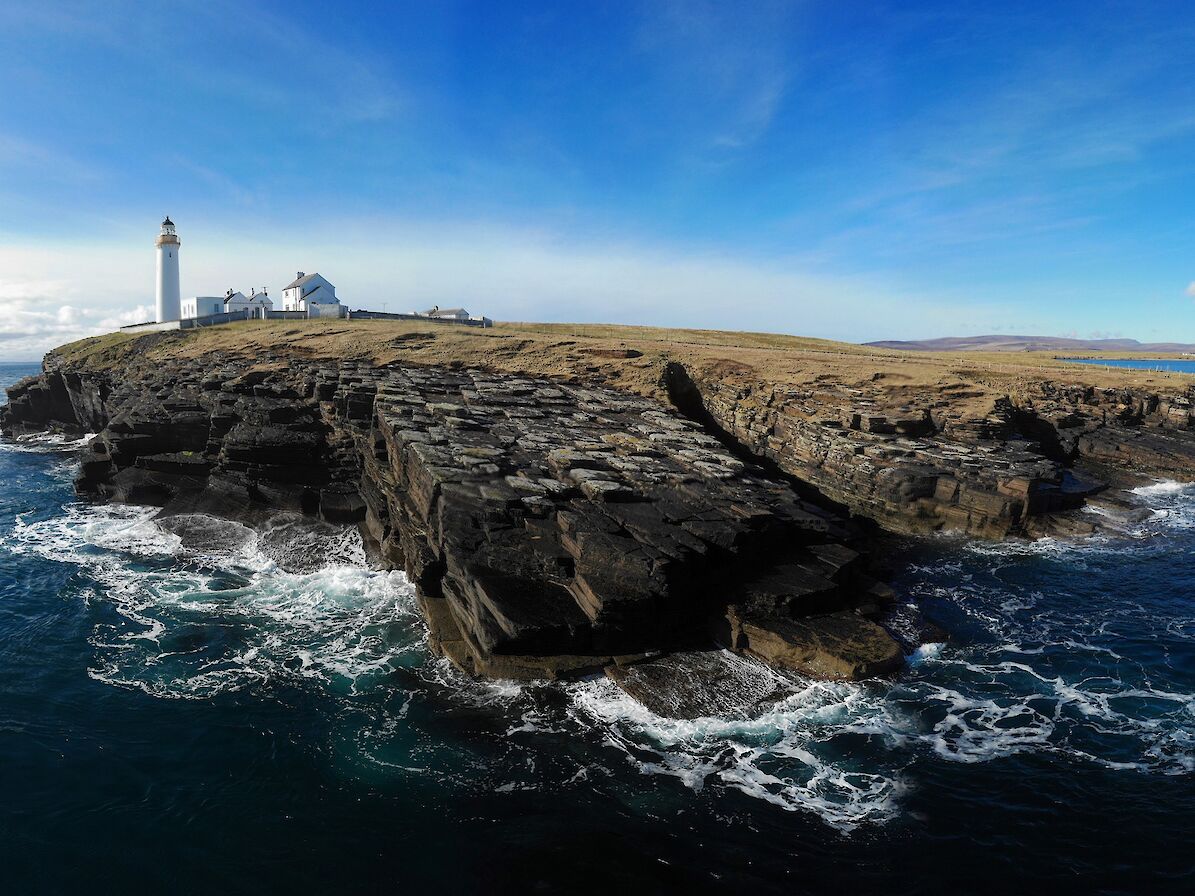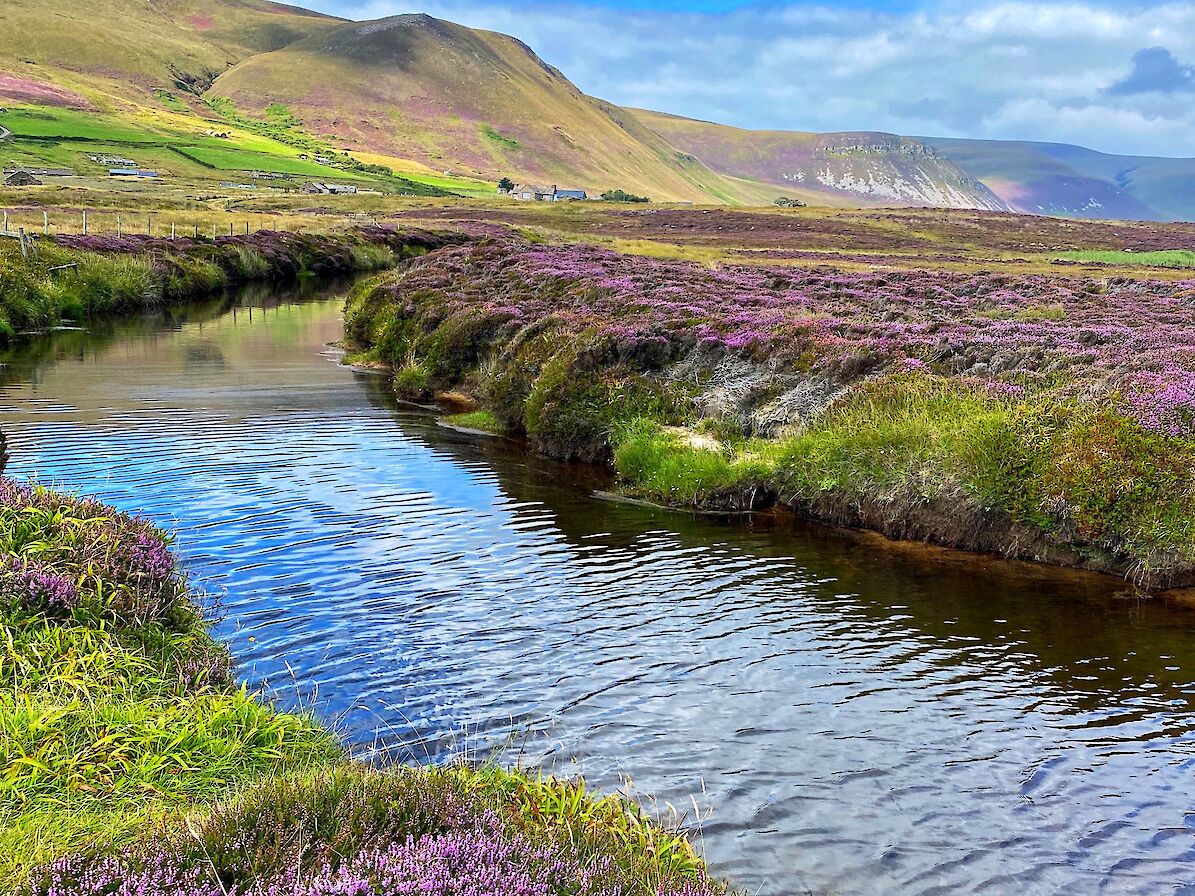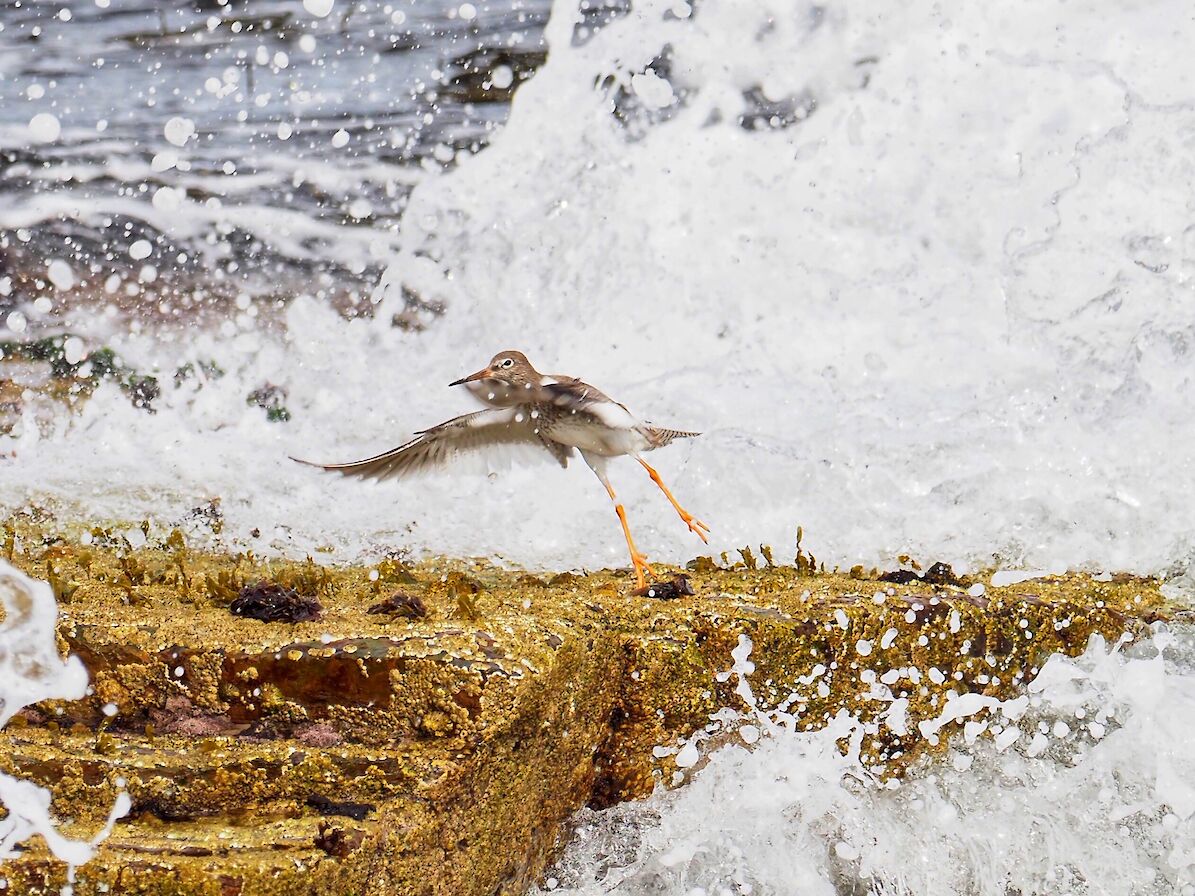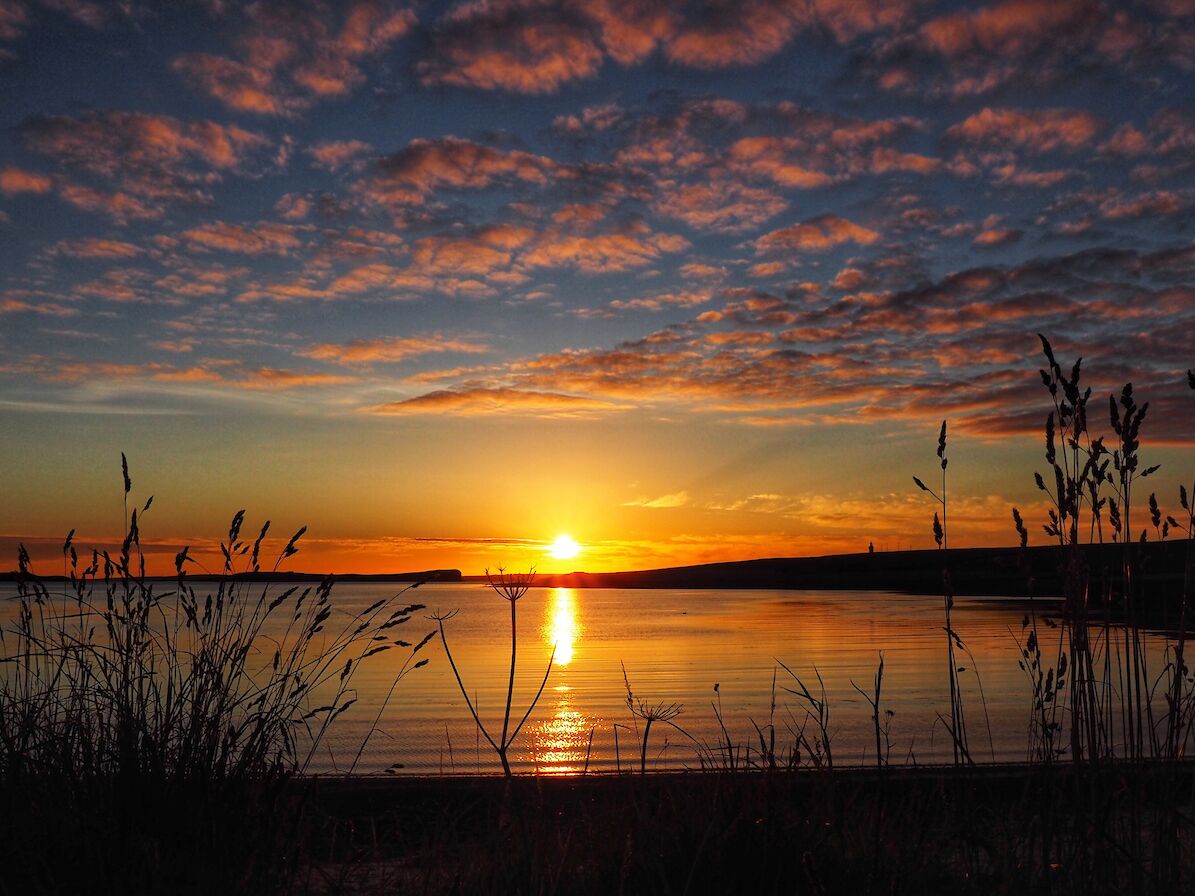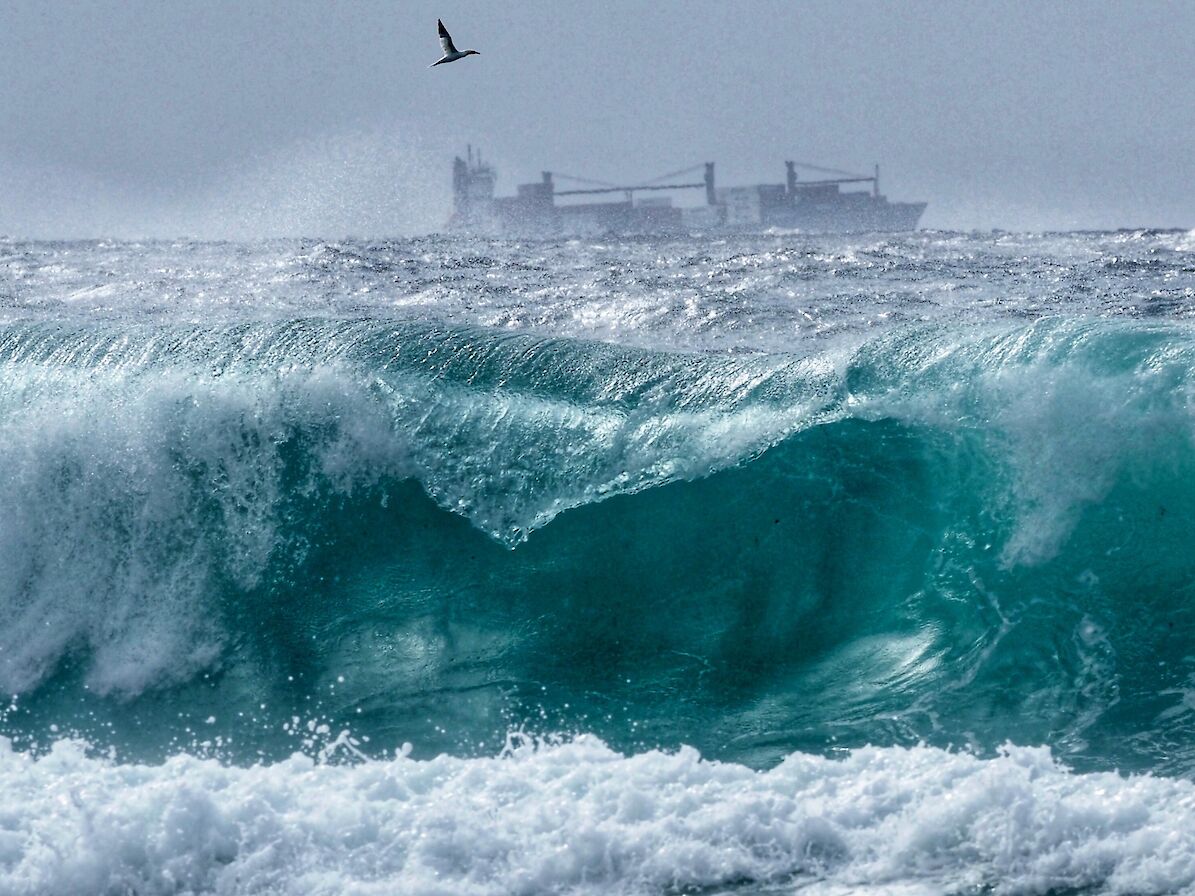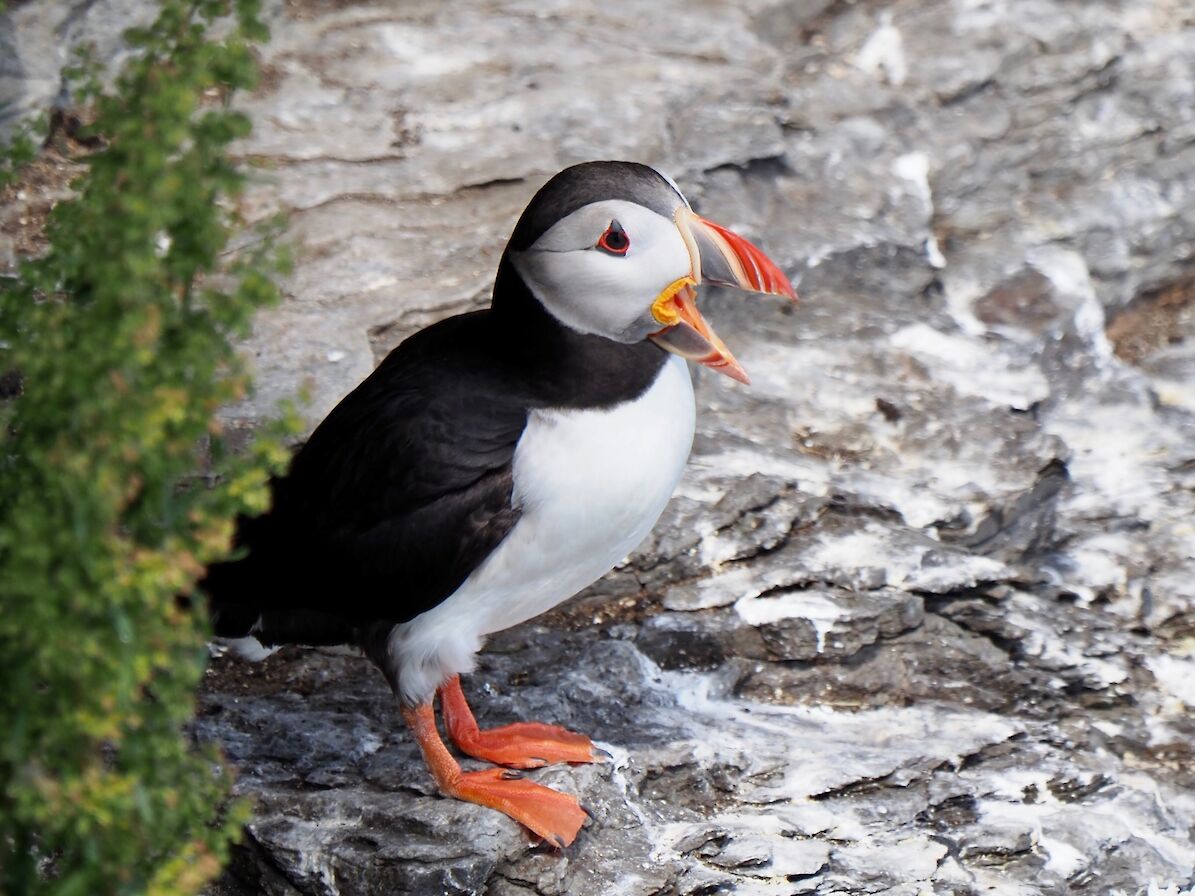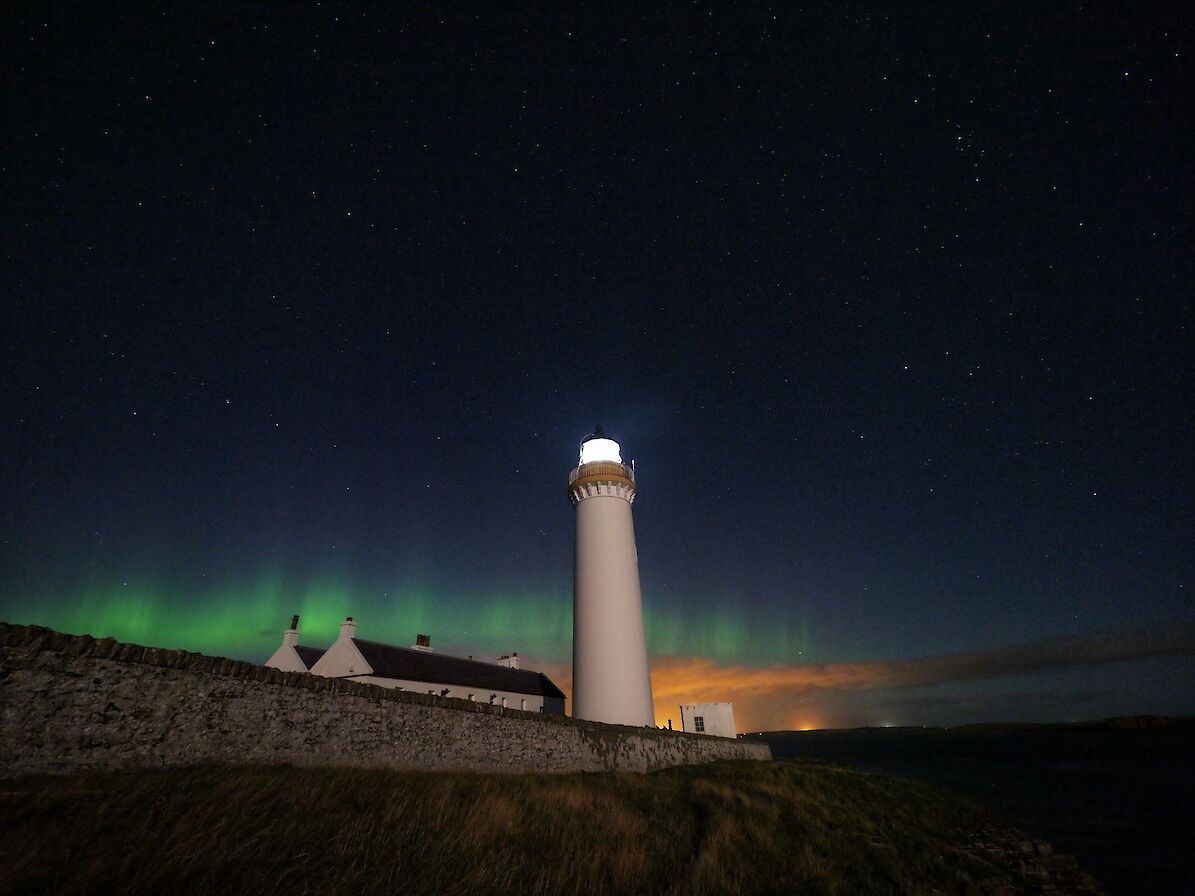Hello and welcome to the November newsletter from Orkney.com.
So far, we’ve been celebrating autumn in the islands with a mix of bright sunshine and the wildest weather, but we’re used to that at 59 degrees north!
Keep reading for more information, images and inspiration about Orkney this month.
Latest news
Local brewery keeps planning for the future
 Orkney-based Swannay Brewery has made a major infrastructure investment to help combat a drop in sales due to the COVID-19 pandemic. The move has seen a new canning line installed at the brewery, with the team now able to brew, package and distribute beer directly from its base in Orkney’s West Mainland for the first time. It also means the brewery will reduce its environmental impact, will less beer shipped south to be packaged, and will hopefully lead to job opportunities too.
Orkney-based Swannay Brewery has made a major infrastructure investment to help combat a drop in sales due to the COVID-19 pandemic. The move has seen a new canning line installed at the brewery, with the team now able to brew, package and distribute beer directly from its base in Orkney’s West Mainland for the first time. It also means the brewery will reduce its environmental impact, will less beer shipped south to be packaged, and will hopefully lead to job opportunities too.
Aurora Jewellery launches Outlander collection
 A new range of jewellery inspired by Orkney’s ancient landscape and worldwide television phenomenon ‘Outlander’ has been launched by local designers Aurora Jewellery. The exciting project has been a number of months in the making and now fans of the hit TV series, based on the novels by Diana Gabaldon, will be able to purchase the pieces online or in a range of outlets across Scotland. The collection, made up of brooches, bangles, scarf rings and neckwires, is sure to be popular with the passionate fanbase.
A new range of jewellery inspired by Orkney’s ancient landscape and worldwide television phenomenon ‘Outlander’ has been launched by local designers Aurora Jewellery. The exciting project has been a number of months in the making and now fans of the hit TV series, based on the novels by Diana Gabaldon, will be able to purchase the pieces online or in a range of outlets across Scotland. The collection, made up of brooches, bangles, scarf rings and neckwires, is sure to be popular with the passionate fanbase.
Orkney’s autumn colours
 Orkney takes on a different look as autumn settles in across the islands. The green fields of the summer begin to fade away and we say goodbye to our endless evenings as the days get shorter. But it’s not all bad news. For photographers, autumn can be an exciting prospect here, with softer light and shadows to play with. Orkney.com photographer, Fionn McArthur, has picked out some of his favourite autumnal imagery from the islands. Take a look and share your own shots with us.
Orkney takes on a different look as autumn settles in across the islands. The green fields of the summer begin to fade away and we say goodbye to our endless evenings as the days get shorter. But it’s not all bad news. For photographers, autumn can be an exciting prospect here, with softer light and shadows to play with. Orkney.com photographer, Fionn McArthur, has picked out some of his favourite autumnal imagery from the islands. Take a look and share your own shots with us.
Start your Christmas shopping early
 If you’re planning to finish your festive shopping as soon as possible this year, why not pick up something special from our talented creative community? Orkney’s producers make some of the finest food, drink and crafts to be found anywhere, and most items are available online. Experience the islands via our Shop Online pages and share a little piece of Orkney this Christmas.
If you’re planning to finish your festive shopping as soon as possible this year, why not pick up something special from our talented creative community? Orkney’s producers make some of the finest food, drink and crafts to be found anywhere, and most items are available online. Experience the islands via our Shop Online pages and share a little piece of Orkney this Christmas.
Take a trip back in time
 The excavations at the Ness of Brodgar in Orkney might have been postponed this year, but you can still explore the dig thanks to a beautiful new book. ‘The Ness of Brodgar: As it Stands’ covers 15 years of work at the sprawling Neolithic site. It’s the third volume in the University of the Highlands and Islands Archaeology Institute research series and is full of incredible insights and images. The book will be available in mid-November – it can be pre-ordered via The Orcadian Bookshop.
The excavations at the Ness of Brodgar in Orkney might have been postponed this year, but you can still explore the dig thanks to a beautiful new book. ‘The Ness of Brodgar: As it Stands’ covers 15 years of work at the sprawling Neolithic site. It’s the third volume in the University of the Highlands and Islands Archaeology Institute research series and is full of incredible insights and images. The book will be available in mid-November – it can be pre-ordered via The Orcadian Bookshop.
Join us on Instagram
 Join us on Instagram where we post plenty of stunning shots from the islands. Make sure you follow Visit Orkney to see new images every week, and you can join in too. Tag your own images and use #VisitOrkney and #LoveOrkney to keep in touch.
Join us on Instagram where we post plenty of stunning shots from the islands. Make sure you follow Visit Orkney to see new images every week, and you can join in too. Tag your own images and use #VisitOrkney and #LoveOrkney to keep in touch.
Wild Orkney
Earlier this year we asked local wildlife cameraman Raymond Besant to document an Orkney summer. His final film focuses on the otter population that calls one of our largest lochs home.
Watching otters on the coast for any length of time can be difficult. Indeed, just finding one can be a major undertaking. More often than not our encounters with otters are purely by chance. Around six years ago I started thinking more and more about why otters are perceived to be more elusive here, or are scarcer generally. It never quite sat right with me that there could be so many differences between Orkney and places where there are higher densities of otters, like Shetland and the Western Isles.
An otter has three basic needs; a food supply, somewhere to sleep and rest (known as a holt) and access to freshwater. On the face of it, Orkney has these resources in abundance, so why should holts be difficult to find and why are there fewer sightings here?
Beginning from a place of very little knowledge was quite daunting. There’s also very little in the way of literature about the status of otters in Orkney, although I suspect historically it has been much under-recorded.
My first otter sighting was actually in Shetland whilst filming for BBC Springwatch. Friend and naturalist Richard Shucksmith took me to the Toft ferry terminal and within two minutes I had seen one. “There’s a dog otter that likes this area,” Richard said, and suddenly there he was. “Watch, I bet he goes up that bank, he likes that route,” and sure enough, up the bank he went.
So, in Shetland not only was it possible to see an otter fairly easily but you could get to know its behaviour, its favoured routes from A to B and even get to know families over an extended period of time. Was this possible in Orkney?
Watch Raymond's film about his search for Orkney's otters
It sounds obvious but this takes being outside for extended periods simply looking, and even as a wildlife cameraman I don’t always have the time to be this committed. Fortunately, there are two very good tools that can give a fairly quick level of understanding of an otter being in the area.
The first is the otter itself – it leaves its poo or spraint at various prominent places in its territory. Also, the routes it takes whilst out foraging and moving around its territory are sometimes very obvious in the vegetation. These ‘runs’ often have spraint along their paths. A very well used run will sometimes have bright green clumps of vegetation. They will also be covered in spraint with the nutrients helping to make these spraint points lush.
The other tool is the trail camera, a camera that records during the day and night if its sensors have been triggered by movement or body heat. It really is just a case of keeping your eyes open as to where might be a good spot to place your trail camera. Having been putting these cameras down for years now, one thing is very evident. 95% of the otters I have caught on the cameras have been active during the dark.
I think it’s important to say the ‘dark’ and not the night. During the summer it’s light past 10pm and getting brighter by 3am, so the cameras often still pick up these otters as colour images rather than the black and white images of the infra-red sensors. My camera in Hoy has never once picked up an otter during daytime, yet during the winter it regularly appears between 7pm and 4am in pitch darkness.
Perhaps these otters are just more comfortable being out and about when the likelihood of human disturbance is much reduced. Another factor to consider when looking for otters is confidence. Even in Shetland you can have blank days but eventually, by putting the time in, you should be rewarded.
Another more recent tool that has become increasingly useful is social media. I often hear the words ‘otters are doing really well in Orkney’, or ‘there are lots of otters in Orkney’, but just think of the reach we have now. In times past I might have told my neighbour about seeing an otter and that would be the end of the story.
Now you can hear about a sighting instantly and, if you’re quick, you have a good chance of seeing it yourself half an hour later.
I think we are much better informed as to their whereabouts in terms of general sightings through social media and it’s clear from this that they’re very widespread throughout Orkney, sometimes closer than we think - an otter has a territory that encompasses Kirkwall harbour, for instance.
So why are holts so hard to find here? Again, back to Shetland. The favoured medium for holts is blanket peat adjacent to the sea, providing easy access to the otter’s hunting territory. In Orkney, this habitat is very much reduced, with the land having been drained and pasture ground now running right down to the shore. I wanted to test this theory recently so I travelled to one of the north isles where this habitat still exists. It was a very quiet area and sure enough, I found two different holts in peat banks.
I think holts are harder to find because many of them aren’t immediately obvious. In other words, the otters have adapted and are ‘making do’ with the likes of sea caves, spaces under floorboards in derelict buildings, boat sheds, drainage pipes even piles of old bruck.
It’s thanks to social media though that I had one of my best ever encounters with an otter, not next to the sea but in the Stenness Loch. Dubbed ‘Pinkie’ by local resident Nick Card, who lives on the shores of the loch, this otter turned out to be a very confiding individual. He was tolerant of people and, whilst still employing my usual filming methods - i.e. moving slowly and quietly (he like most otters still doesn’t like sudden movement) - I managed to get some lovely footage of him.
The danger is that, because of his easy nature and people’s knowledge of where to find him, he becomes too disturbed and moves on. Earlier in the year he was easy to find and relaxed with people, but some months later his behaviour was so different I thought he was another otter altogether. He had moved to the edge of his territory and was behaving much more like a ‘normal’ otter - wary, and slowly slipping away if he caught your scent.
Of course, I don’t know what an otter is thinking, but perhaps he just moved to an area where he was a little less disturbed. He’s none the worse for it though as he can still be found throughout his range, though interestingly he becomes much scarcer during the summer months.
A loch completely surrounded by farmland seems an unlikely hotspot for otters given what I’ve said about drainage and blanket peat. But weighing up all the factors, this might just be the perfect place them. There is a very good food supply in the form of eels, and although the loch is brackish on its eastern side, it is certainly drinkable. Also, with less salinity here, there are fewer salt crystals forming in his fur so he can easily maintain it. So little of the loch is accessible because of the extensive farmland that I think this actually works in their favour - there are clearly enough margins to find a holt or two somewhere.
As we go into the winter months it’s easier to see otters. For a start there’s less vegetation to conceal themselves in! It might be colder and there are fewer hours to see them, but I for one am looking forward to trying to catch a glimpse of them hunting in the shallow waters of Stenness Loch.
See the rest of Raymond's 'An Orkney summer' films.
Find out more about Raymond’s work via his official website. You can also find him on Facebook, Twitter and Instagram.
His new book, 'Naturally Orkney Volume 2' is out now, focusing on Orkney's coastline and all the sights and species that can be found there. You can order your copy online.
Focus on photography
Our featured Orkney photographer of the month is Alan Mackinnon, who is constantly inspired by his surroundings on the very edge of Scapa Flow.
I became interested in photography during my time serving in the Royal Navy, which is where I bought my first camera, a canon T70 which took 35mm film. It seems strange now, with the instant gratification that the DSLRs provide, but back then I had to wait 4-6 weeks for my prints and negatives to be processed posted back to my ship. Since then I have always loved to capture images of my travels around the world.
In 2017 my family and I moved to Cantick Head Lighthouse to take over the self-catering cottage business. Surprisingly the business had little or no social media presence and, for such a magical location, this was an obvious area for improvement and gave me the perfect excuse to develop my photography skills.
Since moving to Orkney I have built a good following on social media. I have also tried to support the local community with my military experience, becoming a retained firefighter with the Scottish Fire and Rescue Service and a volunteer crew member of the RNLI at Longhope.
Any photographer visiting Orkney will be spoilt with an abundance of photographic opportunities. Personally, I have found the amazing natural light, stunning rugged scenery, huge variety of wildlife and an iconic lighthouse to be inspiring, and a joy to capture.
When guests staying at Cantick Head ask “are there any special places in Orkney that inspire you”, I always answer without hesitation, Rackwick in Hoy! If you have never been, you must, there is nowhere in the world quite like it.
I have recently switched from my trusty Canon EOS 7D to the Olympus OMD 1 MK ii a micro four thirds system. I have really enjoyed my photography journey in Orkney, this year I have compiled some of my best Orkney images in a 2021 A3 calendar, I was surprised and flattered when my first batch of 50 sold out within 24 hours!
Looking forward, I am keen to do more astrophotography and better capture the elusive merry dancers (aurora borealis). I also hope to see more of Orkney’s stunning wildlife including the Sea Eagles on Hoy, Sea Otters and passing pods of Orca.
See more of Alan's images on Instagram. You can stay at Cantick Head Lighthouse Cottages too, visit the official website to find out more. Alan also sells Orkney calendars featuring his images – contact him via the official website or social media to order your copy.
And finally...
Thank you for taking the time to read our latest newsletter. We hope it has brought a small slice of island life to your inbox.
We’re always keen to hear from you too - share your news, views and comments on the newsletter, Orkney.com and your Orkney experiences with us on Facebook, Twitter, Instagram or E-mail.
Remember, if you’re planning to visit Orkney soon, please check our website for the latest travel, visitor and health information.
In the meantime, it's cheerio from Orkney for now.
The Promoting Orkney project has been part financed by the Scottish Government and the European Community Orkney LEADER 2014-2020 Programme.
